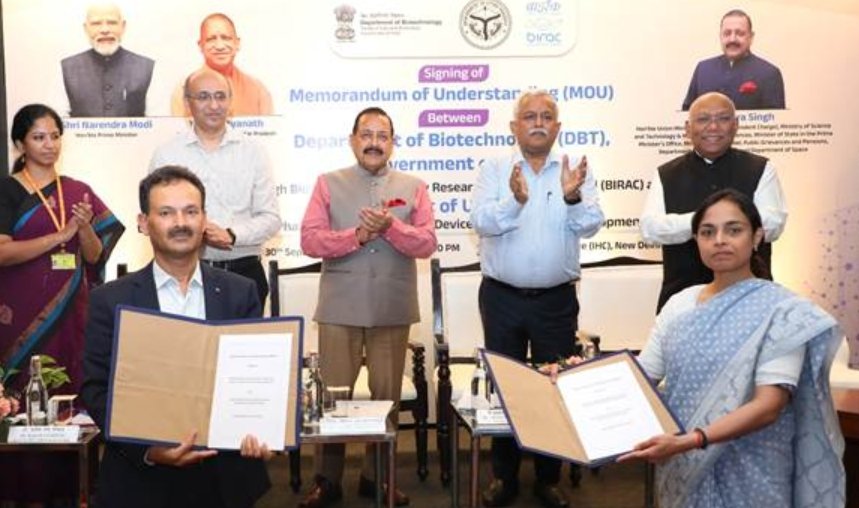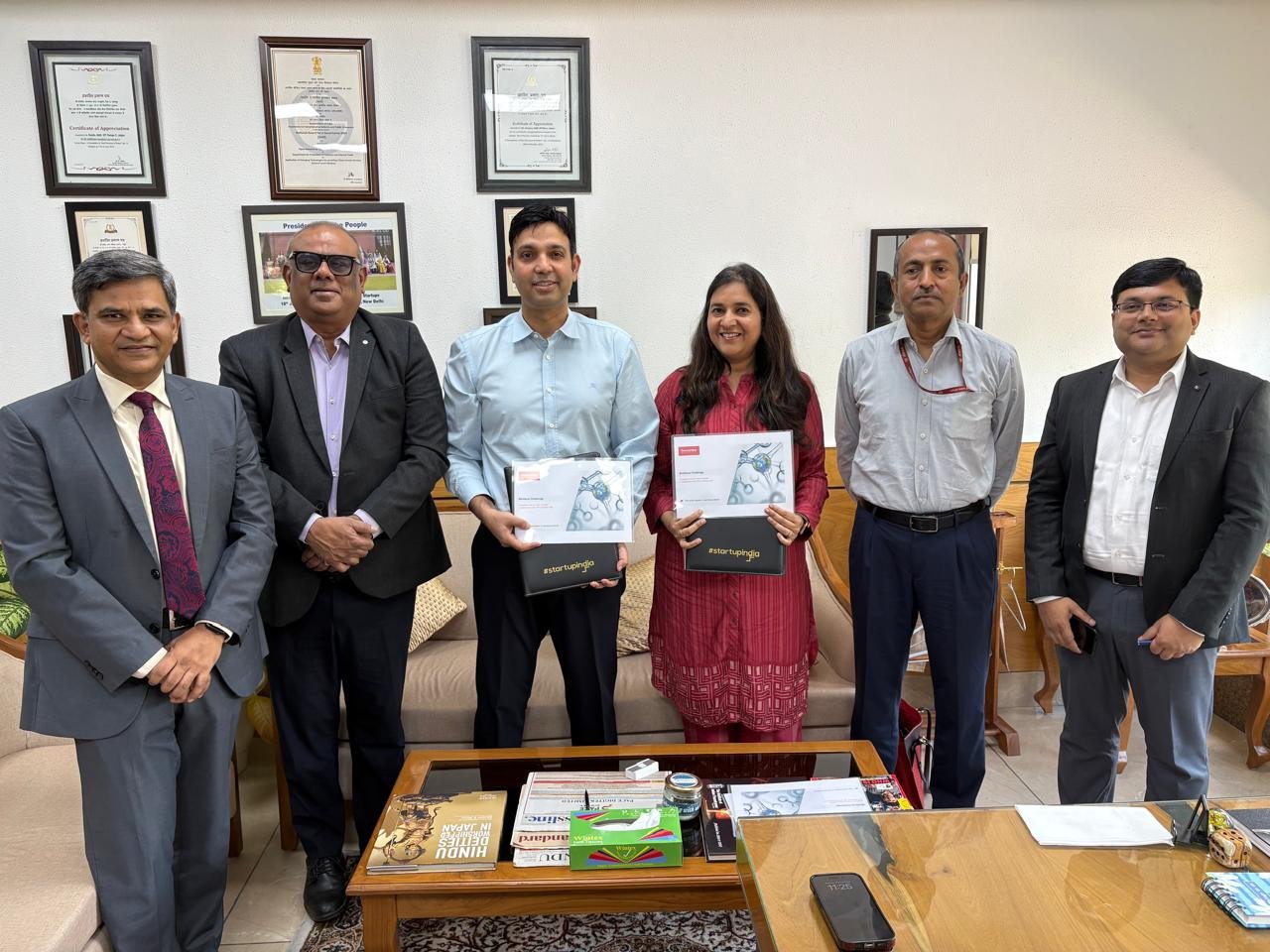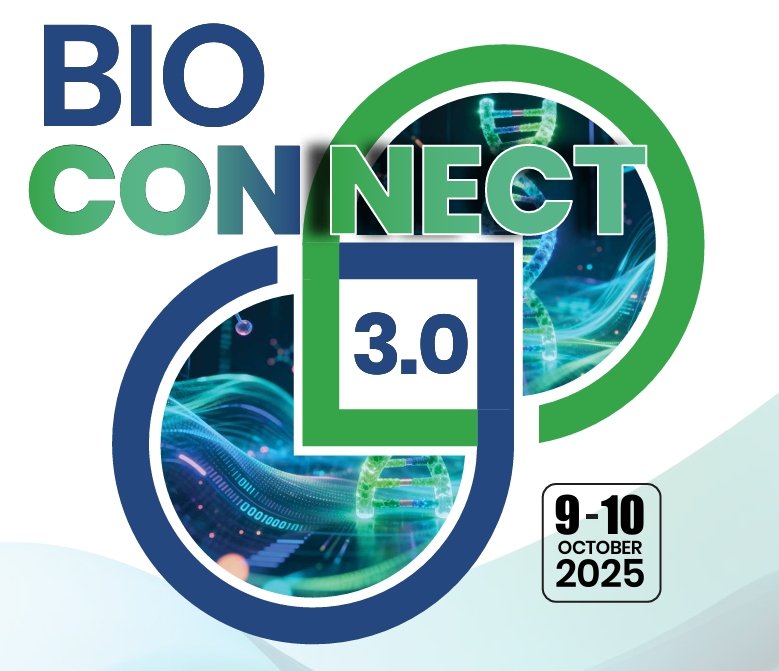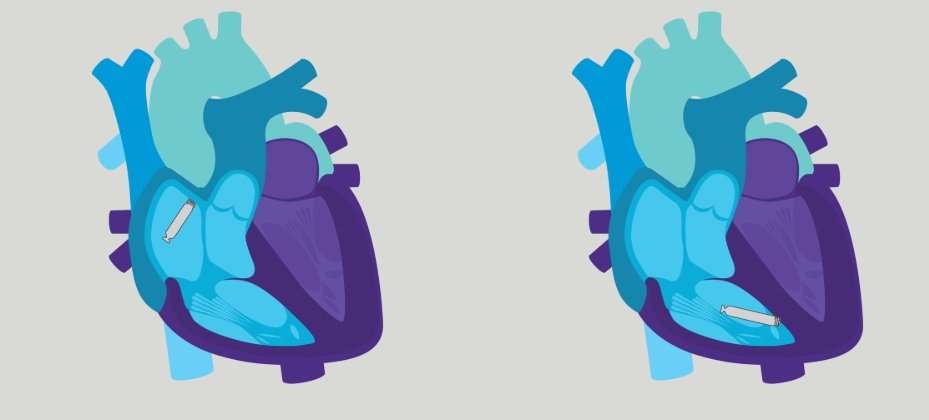CRO market becoming increasingly globalized
September 04, 2007 | Tuesday | News
New Page 1
CRO market becoming increasingly globalized
India is becoming the most popular destination for outsourcing CRO
activity.
According to Datamonitor's recently published report
"R&D Strategies 2007", the drug development industry is facing a
number of serious challenges, making it vital that companies implement an
R&D strategy that can power strong future innovation. R&D productivity
depends on accelerating and boosting the output of drug discovery and
development, and there are a range of strategies to do this, including
optimizing the R&D model and improving the R&D process. Datamonitor has
identified twelve strategies that can boost R&D productivity.
Datamonitor's R&D Strategies 2007 report points out
that the CRO market is becoming increasingly globalized. An Economist
Intelligence Unit 2004 White Paper indicated that 70 percent of companies
surveyed had overseas R&D functions, with more than half of those questioned
indicating that their investment in overseas operations would increase over the
next three years. Big Pharma has expanded its research presence overseas
substantially in the last decade, and many western multinationals have an
R&D presence in emerging markets. Additionally, drug developers have become
increasingly dependent on CROs, which themselves have become increasingly
globalized. This is being driven by both the rise in the number of CROs in
emerging markets and the increasing internationalization of western CROs. Most
global CROs are present in India or have formed alliances there: seven out of
the top 10 CROs have local offices in India ("Clinical Grant Budgeting
& Negotiation in India and China", CHI presentation, February–March
2007), with leading companies such as Quintiles, Chiltern, ICON Clinical
Research building up a significant India presence. Meanwhile, local CROs are
picking up pace, and there is likely to be a period of consolidation in this
sector.
The report points out that India and China are the most
popular emerging countries for outsourcing CRO activity. Of the four BRIC
countries, India and China have proved the most popular for emerging market CRO
activity. There are a number of similarities between the two countries. Both are
enjoying strong GDP growth, yet their infrastructure is struggling to support
such growth. Both have strengths in basic research and a willingness to approve
innovative drugs. For example, China approved the first gene therapy-SiBiono's
Gendicine-in November 2003. Additionally, both have the potential to develop
into leading drug markets, which is helping to increase CRO activity there.
Indian CROs: Advantages and disadvantages According to
Datamonitor, India's huge patient and specialist pool, together with its
enthusiasm, are the strongest benefits of working here.
The principal benefits associated with working in India
include:
High level of patient consent: 70 percent of patients return
with informed consent.
This represents a large number of patients, although caution
should be taken in accepting this on face value, due to concerns relating to the
fact that many patients providing informed consent have low literacy levels
("Translational Medicine-Why India", CHI presentation, February–March
2007);
Chemistry expertise: Innovative reverse engineering by
generics companies and experience as a key chemistry outsourcing target have
created a strong chemistry knowledge base.
Talent pool of high quality and enthusiastic medical staff,
researchers and investigators with strong work ethics: India has the
second-largest pool of qualified medical doctors globally, after the US
("Clinical Research in India-Opportunities & Challenges", CHI
presentation, February–March 2007). These researchers are English-speaking and
many leading specialists have been trained in Western countries. Additionally,
there is a large pool of Indian doctors practicing in the Western markets,
helping to boost the profile and reputation of scientists from these countries.
There are around 200 formally-trained investigators of Good Clinical Practice (GCP)
in India ("Clinical Research in India-Opportunities &
Challenges", CHI presentation, February–March 2007). Finally, there are
strong patient-physician relationships, leading to a high level of patient
retention.
Government initiatives: In addition, a range of government
initiatives have improved the environment and reduced the risks associated with
carrying out research in India. The government's removal of the limit on
foreign direct investment in the pharmaceutical, industry, allowing 100 percent
foreign ownership of enterprises (April 2002) is an example. IP legislation to
enforce product patents, including pharmaceuticals, was strengthened in January
2005 with the "Composition of Matter" IP protection, which allows the
recognition of product patents ("Translational Medicine-Why India",
CHI presentation, February–March 2007). This builds on the introduction of a
bill to bring India's IP protection in line with the WTO (December 2002);
amendments to Schedule Y in 2004 allowed proof-of-concept studies to be carried
out in India. Previously, trials had to lag work done in other countries by a
phase of development. Now, Phase II and III trials can be run at the same as
other global trials. Although Phase I must still be conducted elsewhere, drugs
partnered with Indian firms may qualify as domestic, allowing these trials to be
carried out in India ("Translational Medicine-Why India", CHI
presentation, February–March 2007).
India has now mandated International Conference on
Harmonization of Technical Requirements for Registration of Pharmaceuticals for
Human Use GCP guidelines for all clinical research in India, and companies,
hospitals and clinics are beginning to comply with GCP guidelines; the
government has removed customs duty on materials imported for clinical trials
(customs duty had been as high as 55 percent in the past) and will provide
10-year tax breaks to companies making R&D investments in the country.
Regulatory and IP protection remain an issue, as does the
level of biological expertise.
Chinese CROs' advantages and
disadvantages
-
The workforce is the principal benefit associated
with outsourcing to China
-
The key benefits of working in China include:
-
Increasingly strong IP protection-the country
joined WTO and TRIPS in 2001;
-
Availability of non-human primates for preclinical
trials;
-
Increasingly harmonized regulatory process: the
State Food and Drug Administration (SFDA) is modernizing to harmonize
with the EMEA (European Medicines Agency) and FDA;
- High numbers of professionals-China has 18,000 hospitals, over 1.5
million physicians, and >1.6 million well trained registered nurses
("Clinical Grant Budgeting & Negotiation in India and
China", CHI presentation, February–March 2007).
|
Challenges
The challenges associated with working in India include:
-
Given the increasing importance of biomarkers, there are
questions over whether scientific advancement in this and related "omics"
fields is at a comparatively early stage in India compared with the major
Western markets. Specifically, it is questionable whether CROs will be able
to provide validated assays and handle samples;
-
Compliance and service levels vary widely;
-
Cultural issues-bad news is rarely effectively
communicated and there is often a lack of transparency over it, and there
have been problems over keeping to timelines;
-
The regulatory approval process needs to be more
streamlined and predictable;
-
Contract regulations are convoluted-it takes 56 steps
and 1,420 days to enforce a contract in India, compared with 22 steps and
351 days in the OECD (World Bank Group 2006 data reported in
"Opportunities and Pitfalls of Establishing a R&D Service
Organization in India,", CHI presentation, February–March 2007);
-
Government initiatives are required to strengthen ethics
committee approval process;
-
Historically weak IP protection;
-
Corruption remains a problem;
-
Salaries of highly skilled workers are rising rapidly;
-
Quality manufacturing and R&D capacity are beginning
to reach their limits.
Key findings of Datamonitor R&Dstrategies
report
In the course of its research and analysis for the
Datamonitor report: R&D Strategies: Incremental improvements and paradigm
shifts in strategy are both necessary to boost productivity, Datamonitor
identified the following key conclusions:
Based on continuing reductions in the number of innovative
drug approvals and further rises in the average cost of drug development, many
industry commentators have suggested that the drug development industry is
facing an R&D productivity crisis. However, some commentators have suggested
that it is too soon to state that the industry is in crisis, as a result of the
ultra-slow nature of the industry. Together with further evidence showing that
the number of drugs entering clinical trials is rising, this makes it difficult
to determine how much in crisis the industry is. However, irrespective of
whether this is taking place or not, there are a number of factors that are
changing the R&D environment and making drug developers increase their focus
on improving productivity and be more responsive so they are better placed to
capitalize on opportunities. As a result, optimizing R&D strategies has
become vital in ensuring survival and continued profitability;
Datamonitor analysis of MedTRACK databases has revealed a
number of trends. Firstly, early-stage companies are the most active deal makers
both as source and partner company. This is likely to result from the fact that
they are playing an increasin gly prominent role in supplying novel drugs and
technologies to the market, yet they lack the full integration of Big Pharma
players, therefore conduct multiple deals to source specific functionalities and
to gain the backing of a bigger player. As a result, co-development and
licensing deals remain the most popular deal types. Additionally, oncology
remains the dominant deal target, and the most popular therapeutic focus for
drugs currently in clinical development, however its dominance of the pipeline
does vary slightly by phase;
Datamonitor has identified a range of recommendations to
improve R&D strategy. These can be themed around two areas. Firstly, drug
developers can implement improvements to the R&D model. Such measures
include building stronger interaction with internal and external
functionalities, including introducing more effective interaction with
regulators. Additionally, drug developers should look to optimize R&D
processes, both from a preclinical perspective (e.g. by optimizing the way that
clinical trials are designed and carried out) and from a clinical perspective
(e.g. improving interaction with KOLs, regulators, patients and P&R teams).
Cancer is the most popular therapeutic deal focus across deals of all clinical
phases, however it is considerably more popular in early-phase than in
late-phase. This suggests that later-stage promising cancer indications have all
been snapped up by Phase III and that drug licensors are having to look at
earlier-stage to identify promising deals.
This article has been written by Datamonitor analysts.











